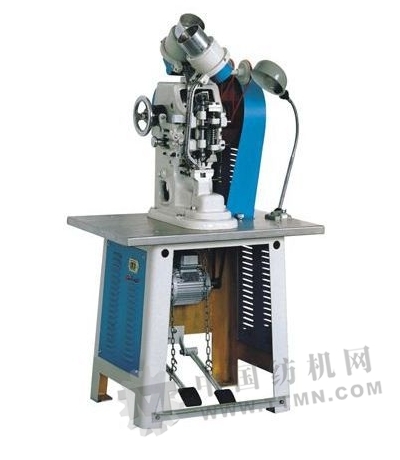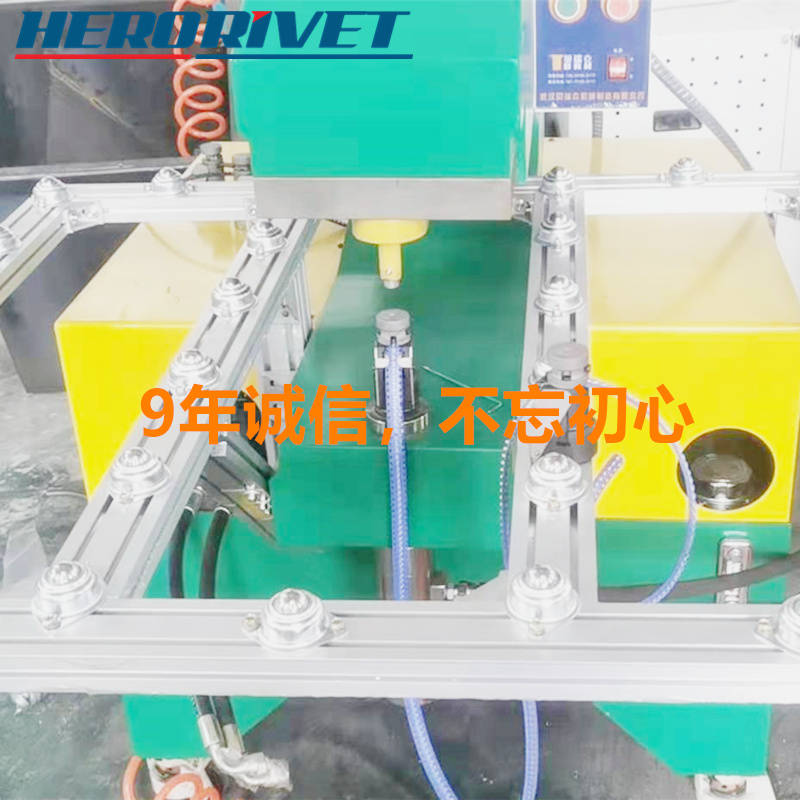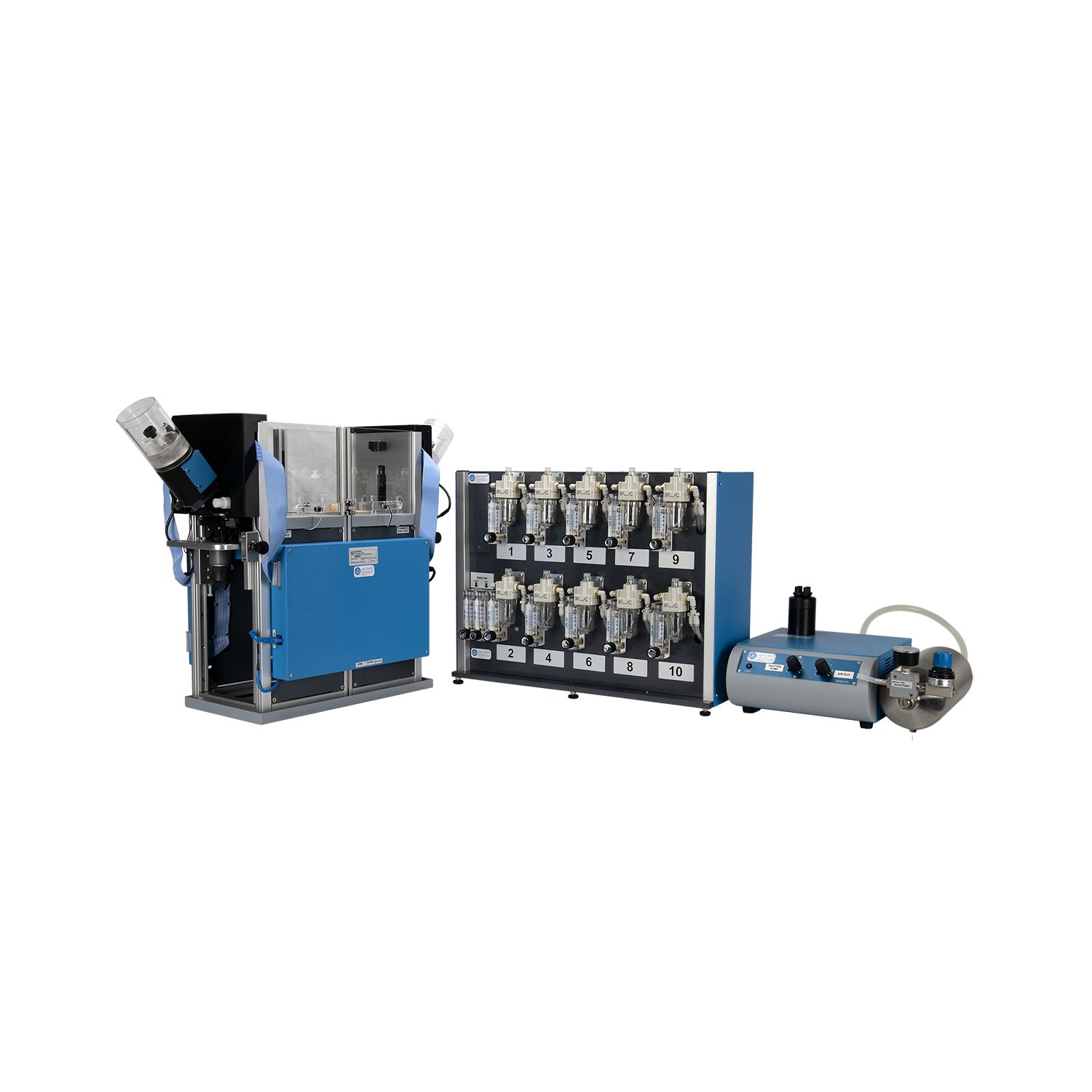摘要:本文主要介绍了铆钉机的操作使用要求及前沿解析说明。通过对铆钉机的操作指南进行详细阐述,包括操作前的准备、操作流程和注意事项等,同时提供对铆钉机的深入分析和评估,特别是对尊贵款24.88.32型号的铆钉机的前沿技术特点进行了说明。文章旨在帮助操作者正确、安全地使用铆钉机,提高工作效率和安全性。
In the realm of manufacturing and engineering, riveting machines play a pivotal role in the assembly process. This article will focus on the operating requirements of a riveting machine, as well as provide an advanced analysis of its features and usage.
Operating Requirements of a Riveting Machine:
1、Safety First: It is essential to ensure the safety of the operator and the machine itself before starting the riveting process. Operators must wear appropriate safety gear, such as protective glasses and gloves, to prevent any potential injuries from flying debris or moving parts.
2、Machine Setup: Proper setup of the riveting machine is crucial for efficient and effective operation. This includes placing the machine on a stable and level surface, connecting power supply, and installing the necessary tools and attachments.
3、Understanding the Controls: Operators must familiarize themselves with the controls of the riveting machine, including the trigger or foot pedal for activation, adjustment knobs for setting rivet depth and force, and any other relevant settings.
4、Material Preparation: Before starting the riveting process, operators should ensure that the materials to be riveted are clean, dry, and properly positioned. This includes checking for any defects or impurities that could affect the quality of the riveted joint.
5、Operating Procedures: Operators should follow a set of standardized procedures while using the riveting machine, including pre-starting checks, regular maintenance, and proper storage when not in use.
Advanced Analysis of a Riveting Machine:
1、Technology Evolution: Modern riveting machines are equipped with advanced features that enhance their performance and efficiency. These include automated settings for different materials, adjustable rivet heads for various applications, and intelligent control systems that provide real-time feedback on the riveting process.
2、Precision and Accuracy: Riveting machines are known for their precision and accuracy, ensuring strong and reliable joints. Advanced models offer higher levels of precision, allowing for tighter tolerances and improved quality control.
3、Versatility: Riveting machines are not only used for metal-to-metal joints but also for various materials such as plastic, wood, and composite materials. This versatility allows operators to use the same machine for different applications, saving time and resources.
4、User-Friendly Design: Modern riveting machines are designed with operator comfort in mind. They are lightweight, have ergonomic designs, and feature easy-to-navigate control panels. This helps operators work for longer hours without fatigue.
5、Frontiers of Development: With ongoing technological advancements, the future of riveting machines is promising. We can expect to see more intelligent features, such as self-diagnostic capabilities, remote monitoring, and automated material recognition systems.
Conclusion:
The operating requirements of a riveting machine ensure safe and efficient operation, while its advanced features offer precision, versatility, and user-friendly designs. Understanding the controls, safety measures, and proper material preparation are essential for operators to achieve optimal results. With ongoing technological advancements, we can expect further improvements in the performance and efficiency of riveting machines in the future.
Note: The article assumes no knowledge of any specific model or brand of riveting machine mentioned in the keywords "铆钉机的操作使用要求,前沿解析说明_英文版58.80.78," as these are not related to the content of the article. The information provided is general and applicable to most riveting machines in general use.




 黔ICP备2023012121号-1
黔ICP备2023012121号-1 黔ICP备2023012121号-1
黔ICP备2023012121号-1
还没有评论,来说两句吧...